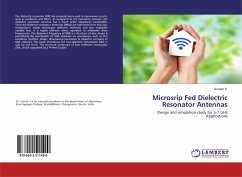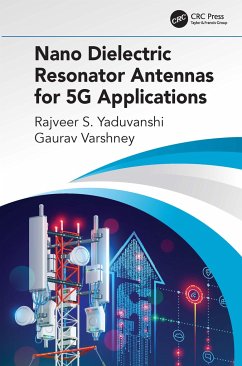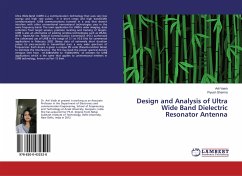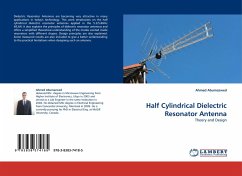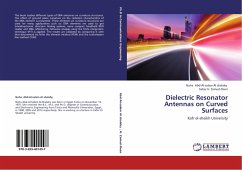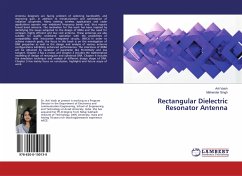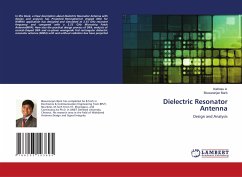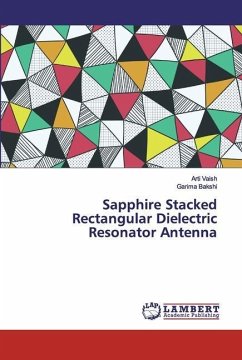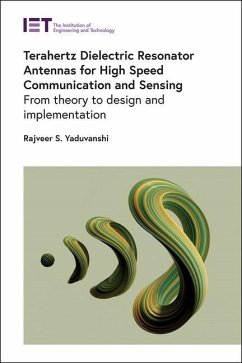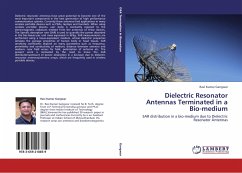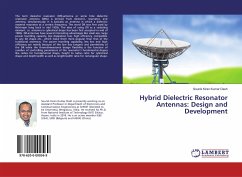
Hybrid Dielectric Resonator Antennas: Design and Development
Versandkostenfrei!
Versandfertig in 6-10 Tagen
27,99 €
inkl. MwSt.

PAYBACK Punkte
14 °P sammeln!
The term dielectric resonator (DR)-antenna or some time dielectric resonator antenna (DRA) is derived from dielectric, resonator, and antenna, simultaneously. It is basically an antenna in which a dielectric material resonates at a certain frequency. The word DR was first used by Richtmyer long back in mid 1939s. The idea of using DR as a radiating element, i.e. antenna in cylindrical shape has been first accepted in mid of 1983s. DR-antennas have several interesting advantages like small size, large power handling capacity, less dissipation loss, high efficiency, compatible to any 3D shape et...
The term dielectric resonator (DR)-antenna or some time dielectric resonator antenna (DRA) is derived from dielectric, resonator, and antenna, simultaneously. It is basically an antenna in which a dielectric material resonates at a certain frequency. The word DR was first used by Richtmyer long back in mid 1939s. The idea of using DR as a radiating element, i.e. antenna in cylindrical shape has been first accepted in mid of 1983s. DR-antennas have several interesting advantages like small size, large power handling capacity, less dissipation loss, high efficiency, compatible to any 3D shape etc., which make them more popular than that of the traditional antennas. The power handling capability, less loss and high efficiency are mainly because of the low loss tangent and permittivity of the DR while the three-dimensional design flexibility is the function of number of controlling parameters of the resonator's fundamental shapes like radius for hemispherical shape, height to radius ratio for cylindrical shape and depth/width as well as length/width ratio for rectangular shape.



